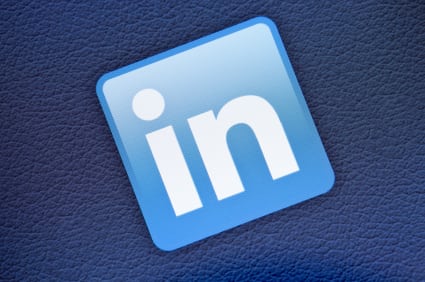 |
There is no hypothetical "if" question organizations should ask about online security and data breaches—there is only the "when" question. For LinkedIn and dating Web site eHarmony, that "when" came on June 6, when 8 million passwords were stolen by hackers, according to the Los Angeles Times.
And while LinkedIn has since enhanced its security system, the hackers' damage was done, as articles about data breach have proliferated across the Web.
On the morning of June 6, LinkedIn was at first unable to confirm the security breach. Later that day, Vicente Silveira, director at LinkedIn, confirmed in a blog post that some of the passwords that were compromised did correspond to LinkedIn accounts.
Silveira says that LinkedIn is continuing to investigate this situation, offers these tips to members:
-
Members who have accounts associated with the compromised passwords will notice that their LinkedIn account password is no longer valid.
-
These members will also receive an e-mail from LinkedIn with instructions on how to reset their passwords. There will not be any links in this email. Once you follow this step and request password assistance, then you will receive an email from LinkedIn with a password reset link.
-
These affected members will receive a second e-mail from LinkedIn's customer support team providing more details about this situation and why they are being asked to change their passwords.
-
To protect your privacy and security online, LinkedIn users should adopt a strong password (contains numbers, special characters, variations in capitalization, etc.) changing it frequently and not use the same password on multiple sites.
Affected members who update their passwords—and members whose passwords have not been compromised—will benefit LinkedIn's enhanced security, which includes hashing (using algorithms that map large data sets of variable length to smaller data sets of a fixed length) and salting (a cryptographic output of a password that can be stored rather than the password itself), Silveira writes.
This data hacking should motivate PR pros to review all of their account settings on LinkedIn and on other sites too, and perhaps explore four ways you're (probably) not using LinkedIn for PR.
To learn more about LinkedIn and its uses for PR, catch Krista Canfield, senior PR manager at LinkedIn, at PR News’ two-day Social Media Summit/Taste of Tech event June 21-22 in New York City.
Follow Bill Miltenberg: @bmiltenberg
